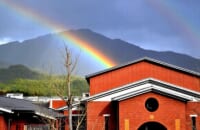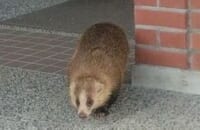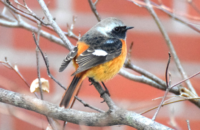
「人新世」(Anthropocene)という時代が始まっています。正式な地質学用語ではありませんが、ヒトが地球の自然に与えている負荷の大きさから名づけられています。
人類の産業革命以後の約200年もの間の、大気汚染、森林伐採、そして地球温暖化などの環境破壊の影響は余りにも大きく、「完新世」(Holocene)という時代からすでに移行しているというのです。
このことは近年の気象災害でも実感しますが、生物の世界でも人類の影響で攪乱が進んでいます。
新型コロナウイルスの感染爆発も、ヒトの節度のない行動が原因だとする意見もあります。
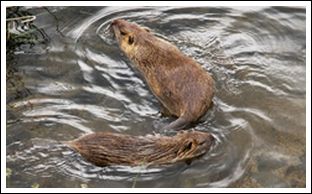 写真の可愛らしい動物は鴨川出町柳付近で繁殖している「特定外来生物」です。このヌ-トリアという動物は、南アメリカ原産のネズミ目(齧歯目)の動物で、本来現地で幸せに暮らしていました。しかし戦時下の兵隊の毛皮に有益として無理やり輸入され、需要がなくなると放置、当然野生化して数が増え「害獣」と指定されました。人類の身勝手な行動のひとつです。
写真の可愛らしい動物は鴨川出町柳付近で繁殖している「特定外来生物」です。このヌ-トリアという動物は、南アメリカ原産のネズミ目(齧歯目)の動物で、本来現地で幸せに暮らしていました。しかし戦時下の兵隊の毛皮に有益として無理やり輸入され、需要がなくなると放置、当然野生化して数が増え「害獣」と指定されました。人類の身勝手な行動のひとつです。
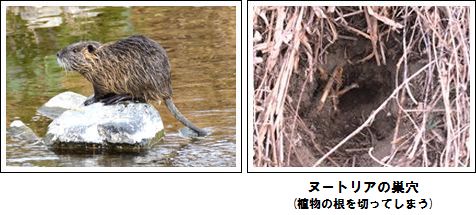
ある時、滝の前で手を合わせて祈る1匹のヌ-トリアに出会いました。私には「早く故郷の南アメリカに帰らせて」との声が聞こえました。
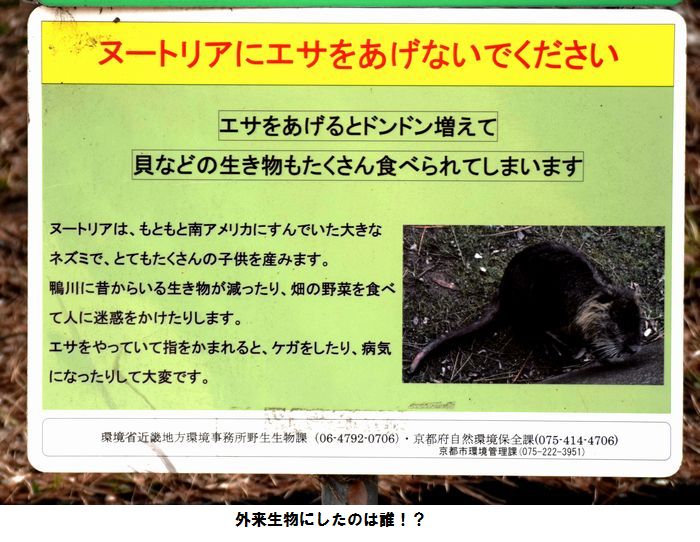 The “Anthropocene” period has begun. While this is not an official name, it comes from the fact that humans are putting great pressure on nature now.
The “Anthropocene” period has begun. While this is not an official name, it comes from the fact that humans are putting great pressure on nature now.
For about 200 years, since the start of the industrial revolution, humans have polluted the air, cut down forests, and contributed to environmental disasters such as global warming, meaning that we have moved on from the “Holocene” period.
We have been able to see many meteorological disasters in recent years, and have seen the effects of it on the nature around us. It could be said that Covid-19 was caused by humans’ uncontrolled behavior.
The cute animal that you can see in the photo is an “introduced species” that lives around the Kamogawa-Demachiyanagi area. This animal is called a Nutria and it is a rodent from South America, where it used to live happily. They were brought to Japan because of their fur, but let loose when they were no longer needed, so they became wild animals and reproduced at a fast rate and have been classed as “vermin”. This is another example of a selfish act by humans.
One day, I saw a Nutria in front of a waterfall that looked like it was praying with its hands together. To me, it seemed to be saying “Please let me go back to my home in South America.”
